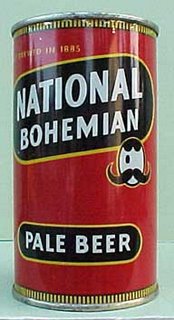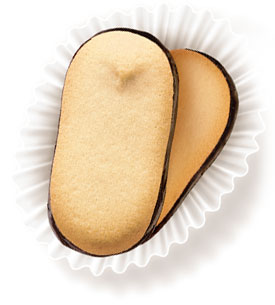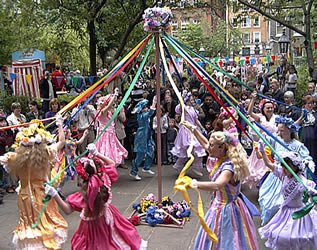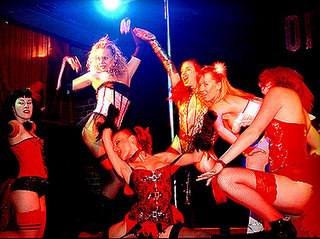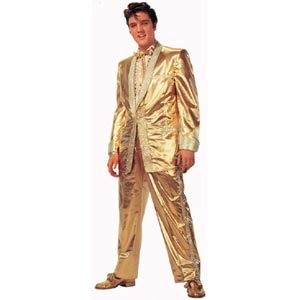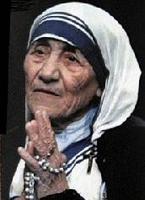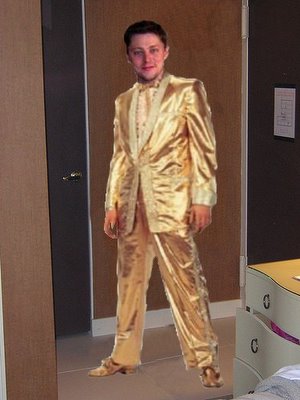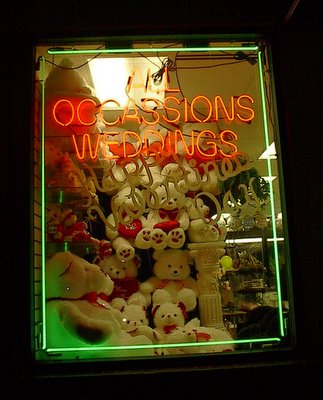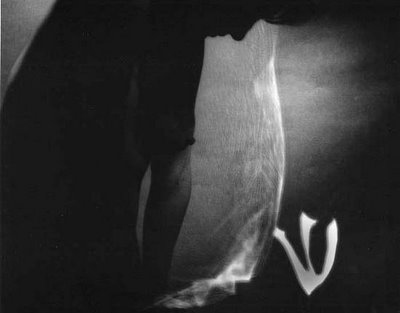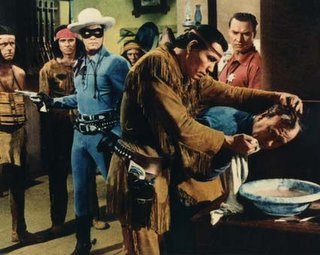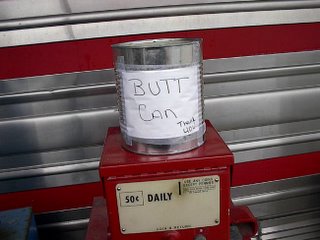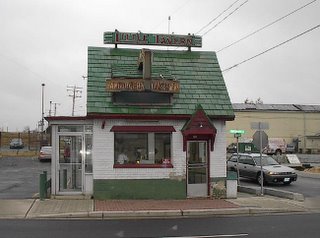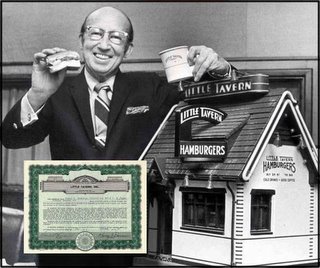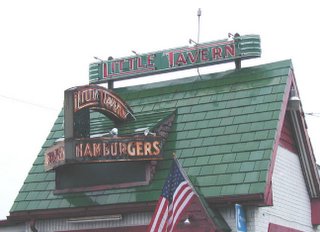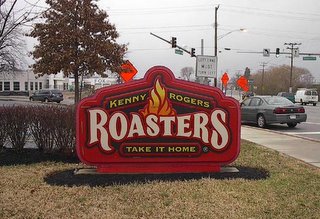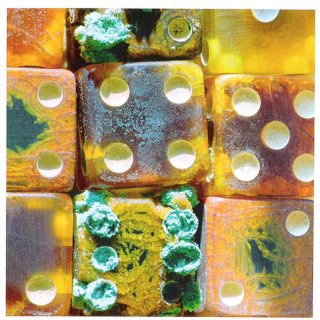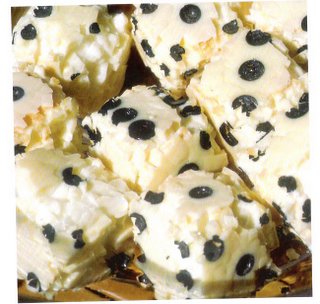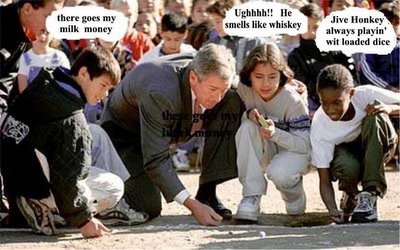Travis Is Working On His E.P.R.D.
(Earliest Possible Release Date)
I was going to work on a blog piece tonight involving moral and ethical issues a writer faces when they take their material from other sources. Unfortunately, that has to go on the back burner, because I heard back from my friend Travis tonight. Throwing Hammers
Earlier in the day, I had received an e-mail on some other issues pertinent to his imminent release from the hoosegow. I'm starting to worry about Travis when his e-mails are full of things like "I jammed the roscoe in his button and said, "Close your yap, bo, or I squirt metal." Time to apply myself more toward his E.P.R.D.--Earliest Possible Release Date, before there's a booty call for boof.
In the first e-mail of the day, Travis had asked me to send him a care package. I just heard back from him, wondering if he's going to be getting those things. Since they've banned smoking in the jail (like everywhere else), there are new forms of currency, and in his jail, it's Pepperidge Farm. I think I've got you covered, Travis:
Earlier in the day, I had received an e-mail on some other issues pertinent to his imminent release from the hoosegow. I'm starting to worry about Travis when his e-mails are full of things like "I jammed the roscoe in his button and said, "Close your yap, bo, or I squirt metal." Time to apply myself more toward his E.P.R.D.--Earliest Possible Release Date, before there's a booty call for boof.
In the first e-mail of the day, Travis had asked me to send him a care package. I just heard back from him, wondering if he's going to be getting those things. Since they've banned smoking in the jail (like everywhere else), there are new forms of currency, and in his jail, it's Pepperidge Farm. I think I've got you covered, Travis:

